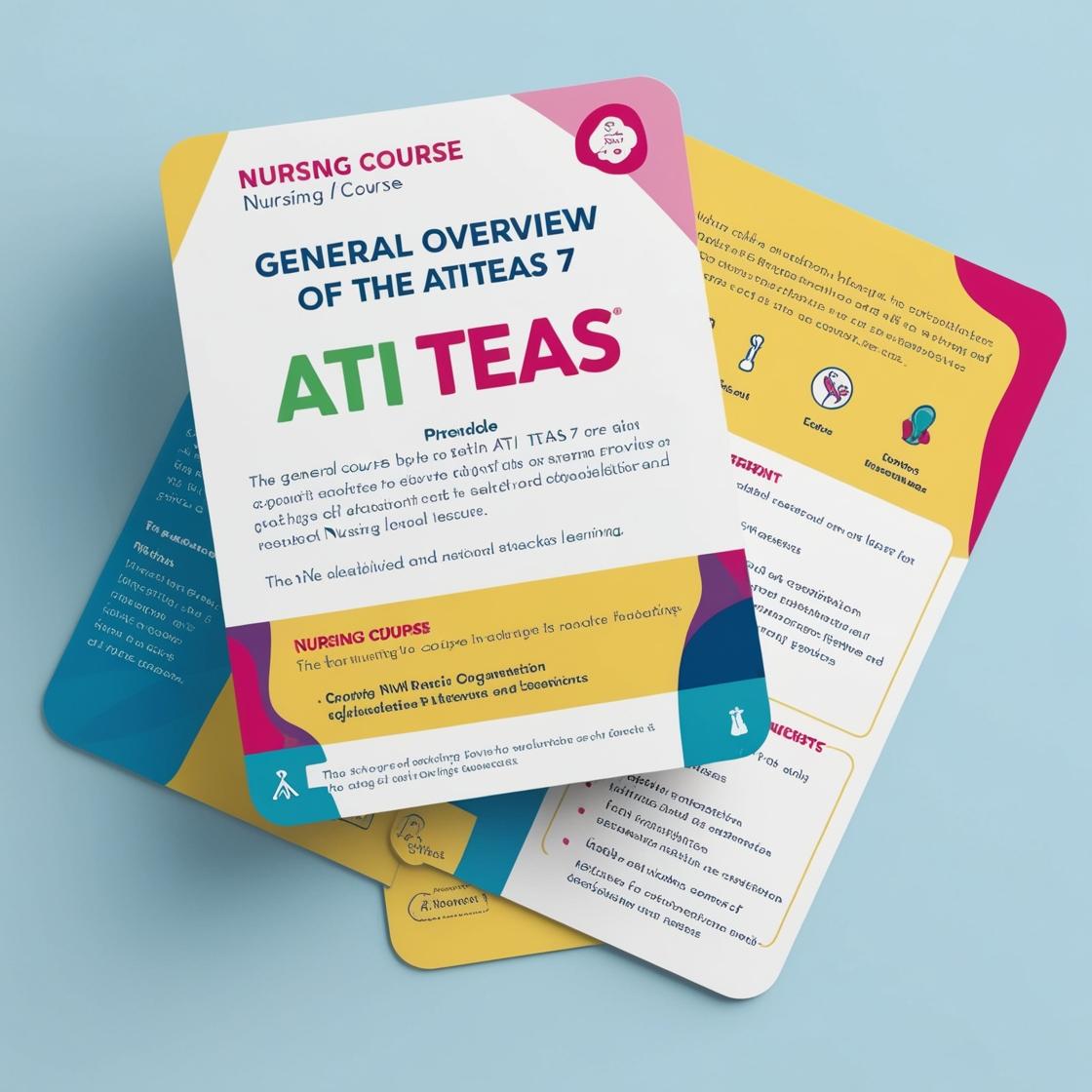ATI TEAS 7
TEAS 7 Science Practice Test
1. What is the primary function of the large intestine?
- A. absorbing digested material into the blood
- B. nutrient processing and metabolizing
- C. absorbing water and compacting material into solid waste
- D. bile production and storage
Correct answer: C
Rationale: The large intestine's primary function is to absorb water from undigested food remnants and compact them into solid waste (feces). This process helps regulate hydration levels in the body and aids in waste elimination. Choices A, B, and D are incorrect. Absorbing digested material into the blood is mainly done in the small intestine, nutrient processing and metabolizing occur in various parts of the digestive system, and bile production and storage are functions of the liver and gallbladder, not the large intestine.
2. Which of the following cell organelles is the site of lipid synthesis?
- A. smooth endoplasmic reticulum
- B. ribosome
- C. rough endoplasmic reticulum
- D. Golgi apparatus
Correct answer: A
Rationale: The correct answer is the smooth endoplasmic reticulum. This organelle lacks ribosomes on its surface, unlike the rough endoplasmic reticulum, which is involved in protein synthesis. The enzymes present in the smooth endoplasmic reticulum are responsible for synthesizing lipids such as phospholipids and steroids. Choice B, ribosomes, are responsible for protein synthesis and not lipid synthesis. Choice C, rough endoplasmic reticulum, is involved in protein synthesis due to the presence of ribosomes. Choice D, Golgi apparatus, is responsible for modifying, sorting, and packaging proteins for secretion, not lipid synthesis.
3. What is the initial step of the scientific method?
- A. construct a hypothesis
- B. make observations
- C. analyze data
- D. form a question
Correct answer: B
Rationale: The first step of the scientific method is to make observations. This involves collecting data and information about a specific phenomenon or problem. Observations serve as the basis for developing a question to be explored further. Forming a hypothesis (Choice A) comes after making observations, as the hypothesis is an educated guess to explain the observations. Analyzing data (Choice C) occurs later in the scientific method after data has been collected and experiments conducted. Forming a question (Choice D) is a crucial step but typically follows observations in the scientific process.
4. Which of the following is the cartilaginous flap that protects the larynx from water or food while still allowing the flow of air?
- A. epiglottis
- B. bronchioles
- C. epithelium
- D. tongue
Correct answer: A
Rationale: The epiglottis is the cartilaginous flap that protects the larynx from water or food while still allowing the flow of air. When we swallow, the epiglottis covers the entrance to the larynx, preventing food or liquid from entering the airway and instead directing them towards the esophagus for digestion. Choice B, bronchioles, are small airway branches within the lungs and are not involved in protecting the larynx from food or water. Choice C, epithelium, refers to the tissue that lines the surfaces of organs and structures in the body, but it is not the specific structure that protects the larynx as described. Choice D, tongue, plays a role in taste, speech, and swallowing, but it is not the cartilaginous flap that protects the larynx.
5. What type of reaction is represented by the following equation: 2C₆Hâ‚â‚„ + 19Oâ‚‚ → 12CO + 14Hâ‚‚O?
- A. Substitution reaction
- B. Acid-base reaction
- C. Enzyme reaction
- D. Combustion reaction
Correct answer: D
Rationale: The given chemical equation represents a combustion reaction. Combustion reactions involve the burning of a hydrocarbon (C₆Hâ‚â‚„) in the presence of oxygen (Oâ‚‚) to produce carbon monoxide (CO) and water (Hâ‚‚O). Combustion reactions typically release heat and light energy. In this case, the reactants are a hydrocarbon and oxygen, resulting in the formation of carbon monoxide and water. Choices A, B, and C are incorrect because the reaction does not involve substitution, acid-base reactions, or enzyme catalysis. Combustion reactions are characterized by the rapid combination of a substance with oxygen, leading to the production of heat and light energy.
Similar Questions

Access More Features
ATI TEAS Premium Plus
$149.99/ 90 days
- Actual ATI TEAS 7 Questions
- 3,000 questions with answers
- 90 days access
ATI TEAS Basic
$1/ 30 days
- 3,000 Questions with answers
- 30 days access
